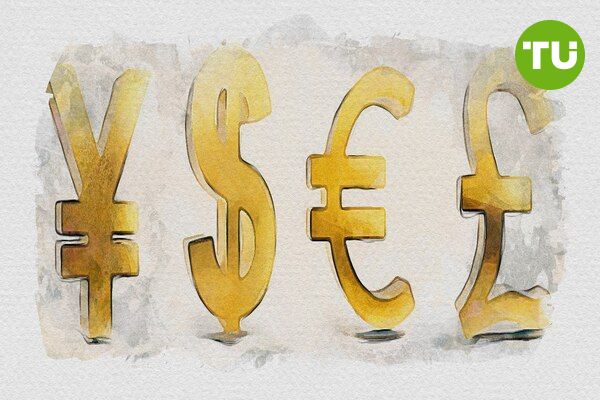USD/CAD price hits multi-year high as dovish BoC
 USD/CAD surges to 1.4329 amid BoC easing and political unrest
USD/CAD surges to 1.4329 amid BoC easing and political unrest
The USD/CAD pair surged to 1.4329 on Wednesday, marking levels last seen in March 2020, as the Canadian dollar faces mounting pressure amid dovish signals from the Bank of Canada (BoC) and domestic political turbulence. The pair extended its winning streak for the fifth consecutive session, trading around 1.4320 during early Asian hours.
The latest weakness in the CAD stems from BoC Governor Tiff Macklem's comments earlier this week. Macklem emphasized a cautious, case-by-case approach to policy rate adjustments amid rising economic uncertainty. His remarks signaled a dovish outlook, dampening investor sentiment toward the Canadian currency.
Meanwhile, inflation data from Statistics Canada added to the pressure. Canada’s Consumer Price Index (CPI) declined to 1.9% year-over-year in November, below expectations of 2%, while monthly inflation remained flat after a 0.4% rise in October.
USD/CAD chart (Oct 2024 - Dec 2024) Source: Trading View
Political instability adds to downward pressure
Political uncertainty in Canada has further exacerbated the CAD’s struggles. Prime Minister Justin Trudeau faces increasing calls to resign after Finance Minister Chrystia Freeland’s abrupt departure from the Cabinet earlier this week. The developments have raised concerns over the government’s stability, creating additional headwinds for the Canadian dollar.
Meanwhile, the USD remains buoyant ahead of the Federal Reserve’s policy decision scheduled for later in the North American session. The CME FedWatch tool indicates a nearly 100% chance of a 25 basis point rate cut. Markets are poised to react to Fed Chair Jerome Powell’s commentary and the updated Summary of Economic Projections, which may provide clues about the future policy trajectory.
A strong USD, fueled by investor anticipation of a Fed rate cut and further economic guidance, continues to dominate the USD/CAD trend. A sustained move above 1.4329 could drive the pair toward additional highs, while CAD recovery depends on improved domestic economic conditions and political stability.
Previously, we discussed USD/CAD’s gains driven by BoC’s easing measures and U.S. inflation data, setting the stage for further price action.













































































































































